
Let’s not sugar coat it – eating a 100% paleo diet, and I mean in the deep and true sense of paleo – is expensive. By “deep and true” in this case, I mean 100% grass fed beef.
The animals that our ancestors hunted were not fed grain or given hormones and antibiotics. They simply ate grass.
Of-course, there are creative ways to eat paleo on a budget. Eating tougher parts of the animal with more connective tissue and organ meats, are a great way to pay less for some amazing cuts of meat, with no fewer amazing nutritional benefits. (sometimes even more)
Some times however, you need a big juicy piece of muscle meat, AKA a steak. If you train, especially if you perform some form of high intensity training and even more specifically – lifting weights, I’m sure you will identify with the feeling of coming home after a training session feeling like a hungry predator. No chicken or fish will be sufficient during those times, nor will any kind of meat stew. A primal animalistic voice in you is strongly demanding that you bite into a piece of a bloody steak. And sooner than later.
When we think about steak, we tend to think about the high- end royals like the tenderloin, ribeye, New York or T-bone (Which is a tenderloin attached with a bone to a New-York). Definitely a respected group of cuts, but good luck finding any grass fed cut of any of these, for less than $20 a pound.
Recently, a group of less expensive cuts are gaining popularity in restaurants and butcher shops.
The Flat Steaks are the Flank, Hanger, Skirt and Flat Iron. Most steaks come from the loin and the rib and are cut by the butcher for slices, but these steaks come as they are (without slicing) from different locations of the animal. They can be tougher and leaner because they come from a more active muscle tissue, rather than the loin. However, with the right treatment, you can get some great results with these cuts.
Flat Iron steak is also known as Top Blade, butler’s steak or oyster blade steak. It comes from the shoulder of the cow. I love this cut because it is tender and flavorful and has some beautiful fat marbling. Some of the flat steaks call for marinating before cooking or grilling because of their toughness. The beautiful thing about the Flat Iron is that it totally stands up to the standards of the loin and rib family, and it doesn’t require any softening method to improve the results.
Flat Iron is perfect for grilling because it is (as the name suggests) flat and uniformed in thickness.
If you live in the city like me where grilling outside is not an available cooking method, the preferable way to cook would be stove-to-oven, meaning give it a high-heat sear and than put it in a pre-heated oven for the rest of the cooking time.
In The Kitchen:
Cookware
As always with steaks, the quality of the cookware you use is crucial. Use a large heavy frying pan. Stainless steel pan with a heavy, thick bottom or cast iron pan is best. The reason for this is that these pans retain hit well and allow an equal distribution of heat on their surface. That’s important for the steak if you want a crust that is distributed equally across the entire surface of the steak. I use a 12inch All-Clad stainless steel skillet which is a bit expensive but worth every dollar.
Use Ghee
For a proper searing of the steak and for creating a nice crust, you want to aggressively pre-heat the pan with some fat before start searing. Ghee is the perfect fat for that purpose. It has a very high smoking point – 480f. Fat that has passed its smoking point looses its nutritional integrity and becomes oxidized; something that can be very damaging to your cells. Besides, ghee adds amazing flavor to the steak.
- 1 Flat Iron steak. The cut is usually 1.5-2 pounds in weight.
- 2 cups beef stock
- 3tbs Tamari soy sauce or any other good quality soy sauce
- 2tbs good quality fish sauce (optional)
- 2inch piece of ginger
- 3 garlic cloves cut in half
- 2 dried hot chilies
- 3 green onion stalks
- 1tbs grass fed butter
The Sauce
- In a small pot put the stock, soy sauce, fish sauce, ginger, garlic and chilies.
- Bring to a boil, and then, over low heat, reduce the liquids to about half. Turn off the heat and put aside.
The steak
- Take the steak out of the fridge for at least 2 hours before cooking. You want the steak to be at room temperature when cooking.
- Pre-heat the oven to 450f for at least 10 minutes.
- In a heavy large pan, put 1tbs ghee.
- Heat the ghee to the point where it is “runny” and liquid and almost at its smoking point. It’s important to pre-heat the fat well before you start searing the steak.
- Sear the steak for 2-2.5 minutes on each side.
- Transfer the steak to a different pan or a small metal trey and put it in a pre-heated oven. Don’t use the searing pan for the oven part of the cooking because you want to stop the searing process while the steak is in the oven.
- An inch thick Flat Iron steak needs about 8-9 minutes to reach pink-medium doneness. If you use a thermometer, the temperature inside the meat should be 140-150f. For medium rare, cook 7-8 minutes or measure 130-140f.
- Once out of the oven, leave the steak to cool down for 5 minutes without slicing it. The wait is totally worth it. Letting the steak cool down will prevent the liquids from inside the steak from spilling out of it when slicing, and it will keep the inside moist.
- While you wait for the steak to cool down, return to the sauce: Add 1-1.5tbs grass fed butter. On a low heat, gently whisk the butter until it is completely melted into the sauce. The sauce should be smooth and with a milky texture.
- Add the sliced green onion to the sauce.
- Slice the steak into half inch slices. Put on a plate and with a table spoon, pour the sauce over the steak.





